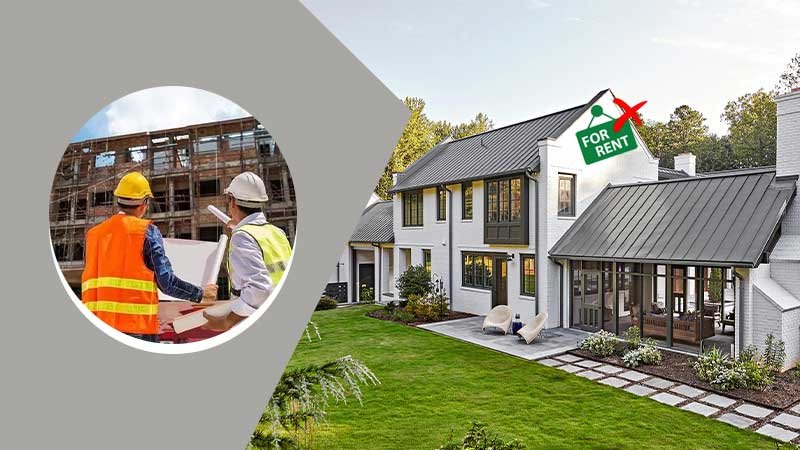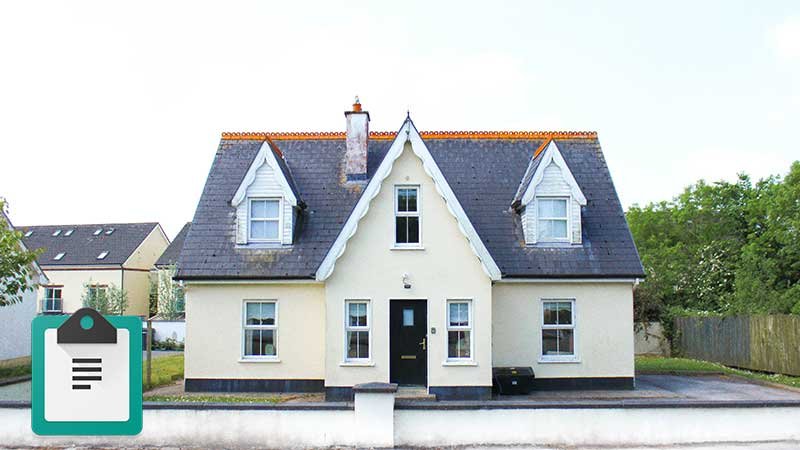What is a Kutcha House? – Let’s Understand in detail!
First Things First, What is a Kutcha House?
A kutcha house or kachcha house is a house that has walls made using raw materials (or “kutcha” materials) such as bamboo, grass, mud, reed, straw, stones, thatch, leaves, and unburnt bricks. As it’s a given, these are not permanent structures similar to a pucca “strong” houses as in the city like the flats or buildings or also the semi pucca houses.
By default, these are temporary houses that are mostly seen in the rural areas where the workers choose to make-shift their homes instead of investing in a pucca house, owing to their expensive rates – opting for a kutcha house.
Kutcha Houses in India – The 2011 Census
As per the census of 2011, the highest percentage of the ‘good’ houses or the ‘pucca houses’ was observed in Goa (76%) and the least number of these were seen in Odisha (29.5%).
Nevertheless, at 5.4% – the national average, the dilapidated houses got featured in the Census 2011 also observing West Bengal with the highest number of dilapidated houses in 2011 and Goa with the least with only 1.5%.
Additionally, the census also featured pucca houses, semi-pucca houses, and kutcha houses such as a hut. Out of which the last two categories, which are the semi-pucca house and the kutcha house together, accumulated a percentage of 48% of the houses.
There was also a wide difference observed between the urban and rural areas, in the housing stock of 2011. The difference here was as much as 33% in pucca houses, with 20% in semi pucca houses, 13% in kutcha houses, 7.8% serviceable, and 5.2% in non-serviceable.
Kutcha Houses in India – The Different Kinds
Yes! There are multiple kinds of kutcha houses in India that are bifurcated with the materials used to build them. Nevertheless, no matter the kind of material used, these kinds of houses stand a chance of destruction owing to floods, earthquakes, cyclones, and other natural disasters and security threats due to crime.
Listed below are the different kinds of Kutcha houses that you can see in India, depending on the materials used:
- Unburnt bricks
- Mud
- Grass
- Thatch
- Bamboos
- Reeds
- Loosely packed stones
Kutcha House and Pucca House – The Difference
Those living in the Kutcha houses often struggle for basic amenities like access to clean water, bath/toilet facility at home, 24/7 electricity, or even LPG/PNG in the kitchen.
Read to Know How to Achieve Scandinavian Interior Design in a Landed House
Difference between kutcha house and pucca house
| Kutcha house | Pucca house |
| Kutcha Houses are made from easily available materials such as straw, mud, stones, or wood. | Pucca houses are made from much stronger materials, such as iron, steel, bricks, cement, etc – forming a concrete structure. |
| These are mostly owned by economically/financially handicapped sections of the society. | Here the owners are those above the poverty line. |
| Kutcha houses are unstable with their structure and often run the risk of being damaged by natural disasters or criminal actions. | These are much more stable – all thanks to the concrete, they cannot be easily broken. |
| These are often built using makeshift accommodations. | These are permanent houses that are seen as a good investment. |
| They have very basic amenities | Pucca house owners enjoy amenities according to their standard of income. |
| In a Kutcha house, there might not be room demarcations. | Here, the rooms are very well demarcated with dedicated bedrooms, living rooms, hallways, kitchens, and baths. |
Kutcha House – Advantages and Disadvantages
Kutcha houses have their benefits, especially the ones made from mud used by rural people. Let us dig deeper through the pros and cons of a Kutcha house in this section.
Also, Read: What is the Difference Between a Sober Living House and a Halfway House?
Advantages of a Kutcha House:
- Kutcha houses are cost-effective, which is a great option for those who cannot afford semi-pucca or pucca houses – all thanks to the materials used to build them. Adding to this, the cost of repairing these houses is also comparatively lesser than the pucca houses, making it affordable.
- Because of the raw materials used, the Kutcha houses also provide thermal insulation. This means, they keep the interiors warm when it’s cold and prevent insulating heaters.
- They are also biodegradable/eco-friendly as the Kutcha house only uses natural materials like clay and hay. These are also great as they do not cause pollution such as the artificial items otherwise used in Pucca houses like chemical paints, plastics, etc
Disadvantages of a Kutcha House:
- Kutcha houses are unstable, especially when compared to pucca houses by default or the semi pucca houses as they can be easily damaged from floods, storms, or other natural disasters.
- Kutcha houses need to be repaired more often as they are made from materials that can be easily worn – off. For instance, a kutcha house dweller will need to replace the thatched roofs and any other parts of the house to prevent much larger damage.
FAQs
1. Does PMAY-Gramin offer houses to kutcha house dwellers?
Yes, they do! The units under PMAY Gramin are specifically meant for those who cannot afford a property on their own or are living in Kutcha houses with barely any amenities to offer.
2. Are there kutcha houses in Indian cities as per the census of 2011?
Yes! They are. As per the census of 2011, the highest percentage of the ‘good’ houses or the ‘pucca houses’ was observed in Goa (76%) and the least number of these were seen in Odisha (29.5%).
3. Who lives in a kutcha house?
Those who cannot live in a Pucca house or are living in a place for a short period living in Kutcha houses.
Follow Us
Latest Post
















